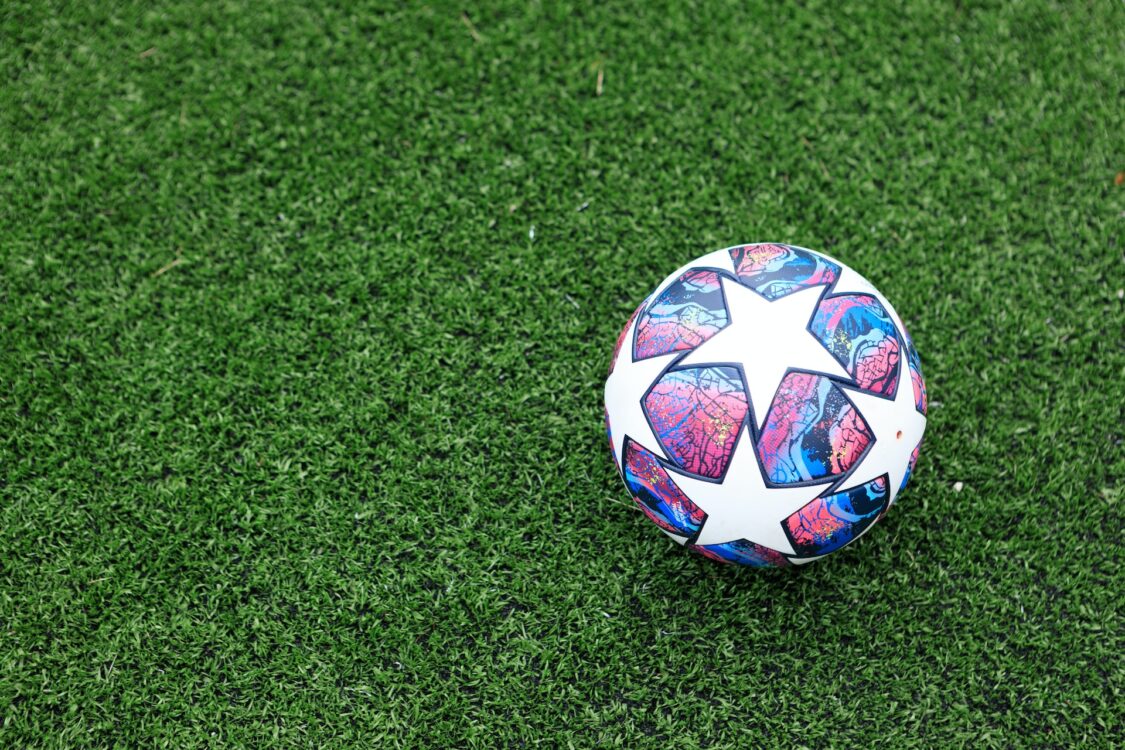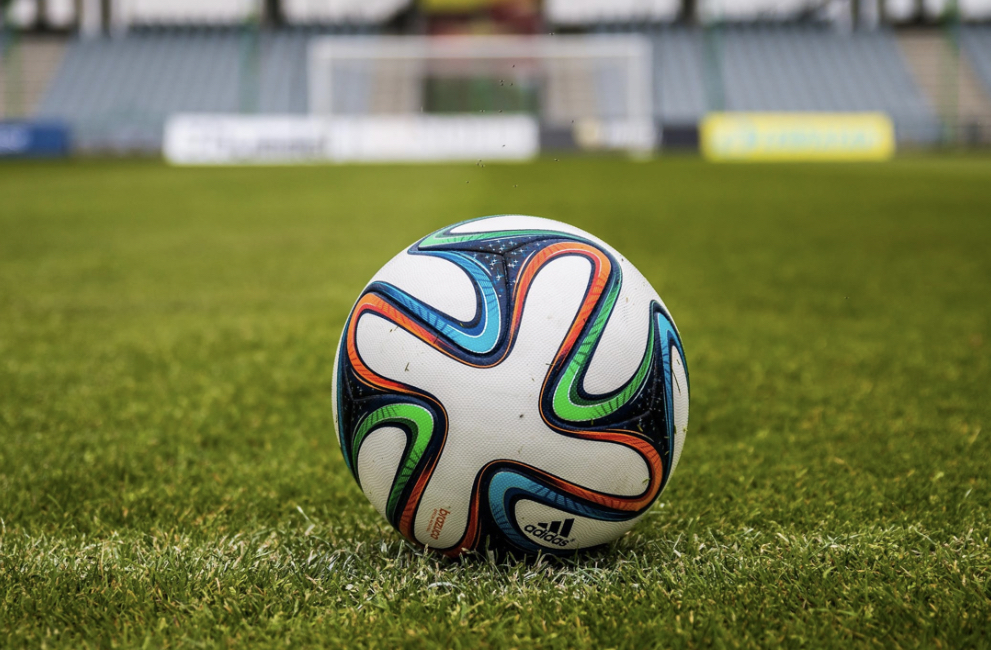In the realm of soccer, have you ever wondered about the materials that go into making those iconic soccer balls? It’s a fascinating question to explore. Although it may seem trivial to some, delving into the composition of soccer balls can be an enlightening journey.
Various types of soccer balls exist, each crafted from different materials, and they have undergone significant evolution over the years. Today, there’s a wide array of materials and colors available for soccer enthusiasts to choose from.
Inside a Soccer Ball
Let’s embark on a journey to uncover the different components that constitute a soccer ball:
Outer Casing
At the outermost layer lies the outer casing, safeguarding the ball’s interior from water and everyday wear and tear. In the past, soccer balls were traditionally fashioned from leather, offering a classic and authentic touch to the game. However, as time progressed and technology advanced, manufacturers recognized the need for improved durability and performance.
- To meet these demands, they began coating soccer balls with polyurethane, revolutionizing the game by providing enhanced protection against scuffs and inclement weather. This ingenious innovation allowed players to perform at their best, irrespective of the playing conditions;
- In the modern era, the quest for excellence led to the emergence of synthetic leather as the material of choice for crafting high-quality soccer balls. Blending the benefits of durability and a consistent playing surface, synthetic leather with coated polyurethane took center stage, catering to the demands of both professional and recreational players alike.
Additionally, to accommodate different playing preferences and age groups, a plastic-like substance called polyvinyl carbonate (PVC) found its way into the outer covers of soccer balls. Aspiring young talents, with their burgeoning skills, often find comfort and familiarity in the texture of balls with a more plastic feel, while seasoned professionals continue to cherish the timeless essence of genuine leather. This diversity in materials ensures that every player, regardless of age or skill level, can find a ball that complements their style and elevates their performance on the field.
Inner Lining
Directly atop the bladder, nestled within the core of the soccer ball, lies the inner lining—a critical component that holds the power to dictate the ball’s bounce and feel. This seemingly modest layer plays a significant role in shaping the ball’s performance and overall playability.
- Soccer balls come in various constructions, and the inner lining is no exception to this diversity. Depending on the intended quality and purpose of the ball, it can feature either two or four layers. However, when it comes to top-tier balls, the ones embraced by professionals and serious players alike, the craftsmanship reaches its pinnacle with the inclusion of four layers;
- These four layers, skillfully woven together, consist of polyester and cotton, forming a harmonious blend that optimizes the ball’s characteristics. The combination of these materials not only imparts a sumptuous and velvety texture to the ball but also offers unparalleled cushioning upon impact, mitigating the force of powerful kicks and rendering precise control during gameplay;
- When players come into contact with a high-quality ball, they immediately sense the discernible difference—its soft yet responsive nature ensures a comfortable touch, inspiring confidence and finesse in every movement. This thoughtful construction elevates the soccer ball into an instrument of precision, providing the ideal balance between rebound and touch, allowing players to unleash their full potential on the field.
Whether it’s a swift pass, a graceful dribble, or a thunderous strike towards the goal, the four-layered polyester and cotton inner lining contribute significantly to the seamless flow of the game. It embodies the essence of craftsmanship and innovation, propelling the sport of soccer to new heights and inviting players of all levels to relish the joy of the beautiful game with every kick.
Bladder
The bladder of a soccer ball is responsible for retaining air. There are two preferred materials for bladders: butyl and natural latex. Among professionals, natural latex is favored for its heightened responsiveness. However, it may not retain air as effectively as butyl. For those opting for a modern, high-quality soccer ball, keeping a pump on hand is recommended to ensure optimal inflation.

Stitch
The stitches play a pivotal role in holding the different panels of the soccer ball together. Polyester is commonly employed for stitching, known for its durability. Some manufacturers also incorporate Kevlar thread to enhance water resistance. In recent times, thermal heating has been adopted as a method to bind the panels together, creating a glued, seamless appearance.
Valve
Lastly, the valve serves as the tiny passageway through which the ball is inflated from the outside. Usually made from butyl due to its elasticity, the valve plays a crucial role in maintaining the ball’s shape and air pressure. Professional-grade balls, on the other hand, are often equipped with silicone valves, offering superior air retention.
To wrap up
In conclusion, a soccer ball is not just a simple sporting tool but a sophisticated amalgamation of carefully selected materials and design choices. Understanding these intricacies sheds light on the craftsmanship behind every kick on the field, and the diverse options available allow players to choose the perfect ball to suit their style and level of play.
